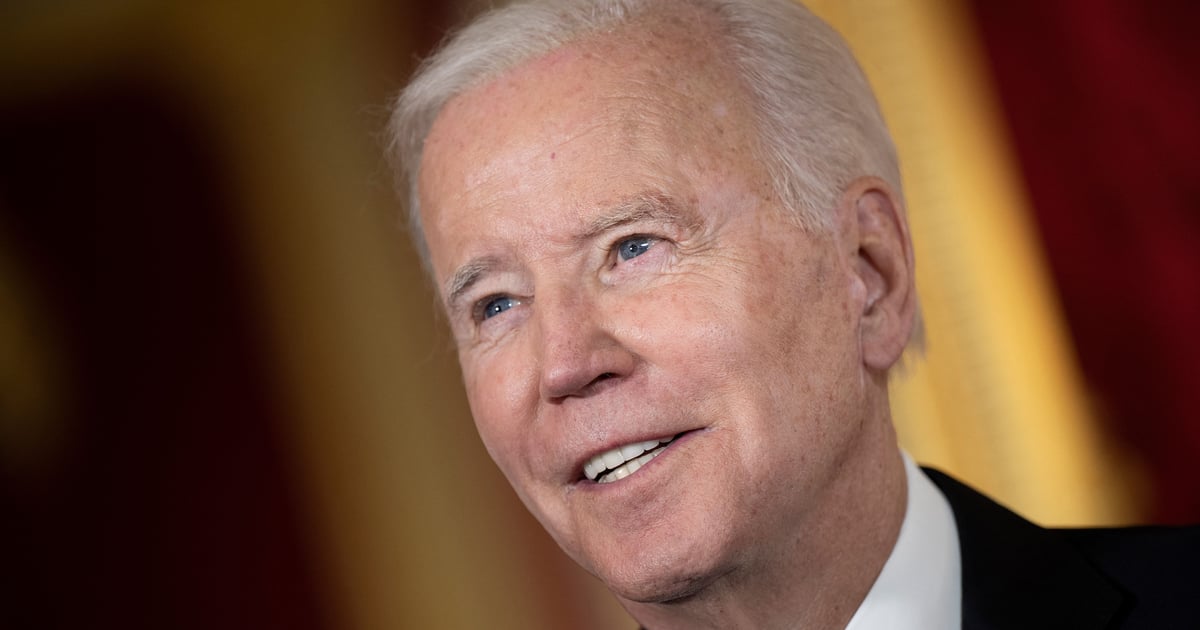
Since 2020, one of the top questions on everyone’s mind has been: when will the pandemic end? Even when experts began saying that COVID is likely to become endemic (meaning while it may be highly controlled, it will never truly “go away”), we all wanted to know when the threat would be less present in our lives — when things would begin to truly go back to “normal,” whatever that means. While the Centers For Disease Control and Prevention (CDC) relaxed COVID guidelines in August, more than 500 people on average are still dying from the virus daily, per The New York Times. But on Monday, the White House announced that President Joe Biden intends to end the COVID-19 national and public health emergencies on May 11.
“This wind-down would align with the Administration’s previous commitments to give at least 60 days’ notice prior to termination of the [public health emergency],” the statement said. The extension is in response to opposing resolutions being brought to the floor this week by House Republicans to bring the emergency to an immediate end. “[E]nding these emergency declarations in the manner contemplated by H.R. 382 and H.J. Res. 7 would have two highly significant impacts on our nation’s health system and government operations,” the White House statement said, explaining it would bring “wide-ranging chaos and uncertainty” throughout the healthcare system.
The proposed “wind-down,” on the other hand, has been a couple months in the making. In mid-July, the US Department of Health and Human Services (HHS) extended the declaration of COVID-19 as a public health emergency. And in August, an HHS spokesperson told Politico that the agency planned to extend it another 90 days in October and would “provide a 60-day notice to states before any possible termination or expiration.”
In a “60 Minutes” interview on Sept. 18, the president acknowledged that the US has a “problem with COVID” but went on to say, “We’re still doing a lot of work on it. It’s — but the pandemic is over.” And in April, Anthony Fauci, MD, then the director of the National Institute of Allergy and Infectious Diseases, told The Washington Post he believed the US was in a “transitional phase” between pandemic and endemic.
There have been several positive markers worth noting. As of Jan. 25, the seven-day moving average of daily new cases (42,163) had decreased 11.3 percent from the previous average, according to the CDC. And according to a recent study published in September, the CDC found that high levels of immunity (both from vaccination and previous infection), advances in treatments, and properties of the omicron subvariants that made them less likely to cause disease have all led to an improved mortality risk.
That said, the World Health Organization (WHO) says COVID-19 remains a public health emergency of international concern. In a news briefing on Jan. 23, Tedros Adhanom Ghebreyesus, PhD, director-general of the WHO, said: “As we enter the fourth year of the pandemic, we are certainly in a much better position now than we were a year ago. . . . However, since the beginning of December, the number of weekly reported deaths globally has been rising. In addition, the lifting of restrictions in China has led to a spike in deaths in the world’s most populous nation. Last week, almost 40 thousand deaths were reported to WHO, more than half of them from China.”
In September 2022, Dr. Ghebreyesus urged us not to lower our standards too quickly. “A marathon runner does not stop when the finish line comes into view. She runs harder, with all the energy she has left. So must we,” he said, asking governments to strengthen their COVID-19 policies and invest in vaccinating at least 70 percent of the population. (In the US, about 68 percent of the population is considered fully vaccinated.)
So what will change when COVID is no longer considered a public health emergency? Well, it could mean many Americans could have to start paying for COVID-19 testing, vaccinations, and treatment. For example, CNN reported that Medicare and state Medicaid beneficiaries will face out-of-pocket costs for at-home testing and all treatment, but will continue to receive vaccines at no cost. Those with private insurance could face out-of-pocket charges for lab tests. However, COVID-19 vaccinations will be free for those with insurance even when the public health emergency ends.
